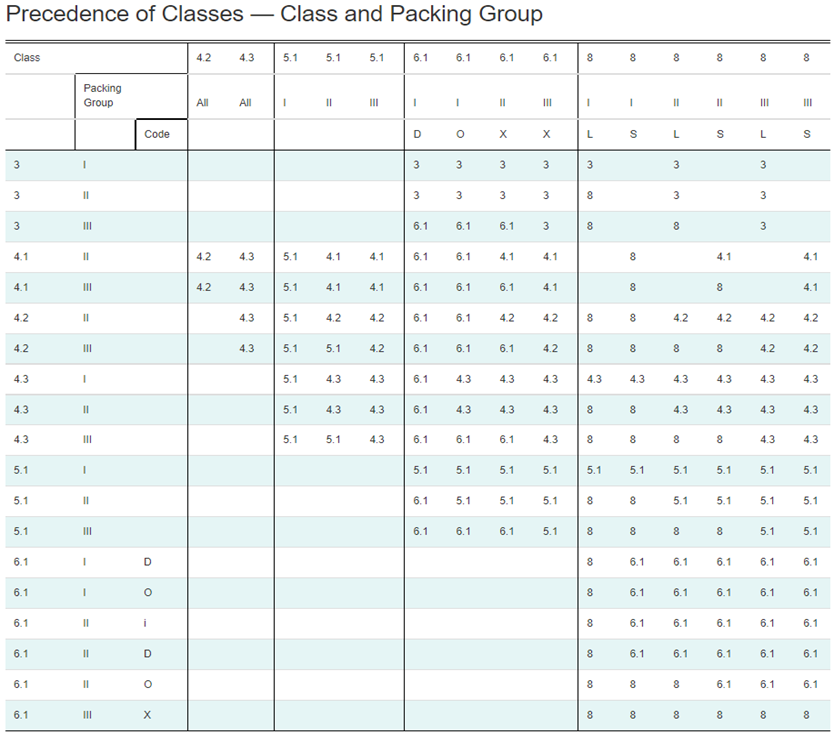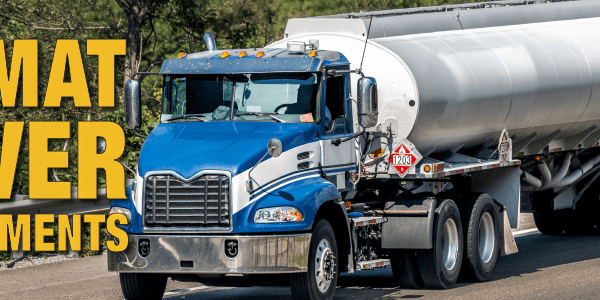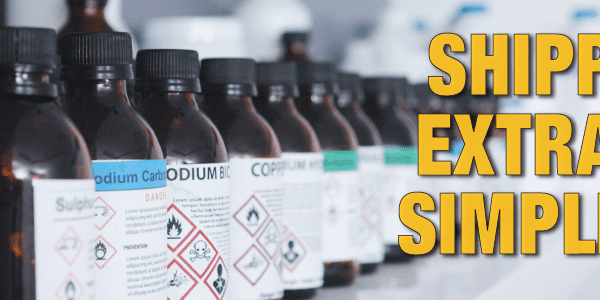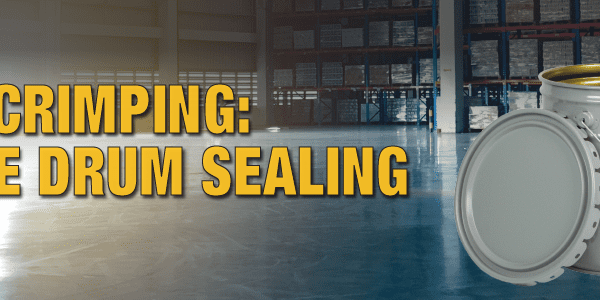Classification of Mixtures
There could be many reasons why someone would want to mix dangerous goods. Some of these reasons may be:
- to create a new product for sale/distribution,
- to formulate a blend to be used in a process in your workplace, or
- to dilute the product for transportation.
Either way, it is important to note that when it comes to shipping this product you must now properly identify it by an appropriate UN number, proper shipping name, class, and packing group.
I will focus on three possible scenarios when mixing a known dangerous good with a non-dangerous good. (Note: when I state non-dangerous goods, I mean products that are not regulated for transport/meeting UN criteria for products regulated for transport).
First Scenario
A mixture of a known dangerous good with a non-dangerous good.
We will use a very familiar mixture of gasoline and 2-stroke engine oil. Gasoline is regulated for transport and is listed in schedule one as UN1203, Gasoline, class 3, package group II, and the oil is not regulated or listed. Now, if the mixture of these two products has not changed the classification, you can keep the original shipping description for gasoline, but you must add the word mixture or solution following gasoline in the shipping description. (e.g., UN1203, Gasoline mixture, class 3, PG II). But on the other hand, if I had a mixture of 20% ethanol and 80% gasoline, there is a shipping description that matches this mixture, and it must be utilized (UN3475, Ethanol and gasoline mixture, Class 3, PG II).
Second Scenario
Reclassify a mixture/solution
Sticking with the first example of gasoline and 2-stroke engine oil, let’s say the dilution of gasoline is such that the mixtures no longer meet the original classification. For instance, it is still a class 3 flammable liquid but now it is no longer PG II. An appropriate shipping description that best describes the mixtures must be found as it is now PG III. This is where generic shipping descriptions (n.o.s.) come in handy. For this circumstance, UN1993, Flammable liquid, n.o.s. (gasoline), Class 3, PG III, would work. This description allows you to utilize the appropriate PG and what you see in parenthesis is called a technical name and is only required if special provision 16 in schedule 1 in the TDGR in Canada or a capital “G” column 1 of the hazardous material table in 49 CFR is present. A technical name is simply a way to better describe what is in the mixture.
Third Scenario
The final scenario to look at is unlike the other two. It happens when a mixture contains two different, fully regulated dangerous goods. In this example, we will use UN3066, Paint, Class 8 PG II, and UN1299, Turpentine, Class 3, PG III. Now because there is no shipping name already in existence for this mixture it is thus requiring you to use a generic name. In this case, you have two competing classes from two different products to determine the primary class. To figure this out you can view the table of precedence that can be found in the TDGR and 49 CFR. We will utilize the one found in the TDGR (49 CFR table of precedence found in 173.2a) in this scenario. This circumstance has class 8 at the intersection and will be the primary class meanwhile 3 will be the subsidiary class.
The class 3 example of Turpentine which is a flammable liquid and Class 8 Paint, makes you wonder – is there a generic shipping name that would match my mixture? Look to schedule #3 in the TDGR or Appendix A of the UN model regulations for the list of generic names. Determine the primary classes by utilizing the table of precedence of classes found in part 2 of the TDGR.
Now be careful because there are two shipping descriptions that have both elements of the classification. Ensure the shipping name denotes the primary and subsidiary class in the right order.
Example (UN2920 is the correct choice)
UN2920, Corrosive liquid, flammable, n.o.s., Class 8 (3)
UN2924, Flammable liquid, corrosive, n.o.s., Class 3 (8)
If you are unsure if the packing group should be PG II or PG III, and you do not have lab results or evidence to say otherwise always pick the more hazardous group PG II, and don’t forget to add the technical name(s).
I hope this brief blog on how to classify a mixture containing one dangerous good product and one non-dangerous good product was helpful. If you have questions about shipping dangerous goods, our team of experts is just a call away for our customers at 855.734.5469 or send us an email, we’re happy to help.
Stay up to date and sign up for our newsletter!
We have all the products, services, and training you need to ensure your staff is properly trained and informed.
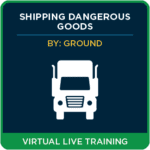 Shipping Dangerous Goods Shipping Dangerous Goodsby Ground |
 Canadian TDG Canadian TDGPublications |
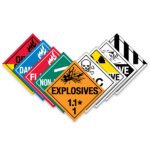 Worded Placards Worded Placards |


